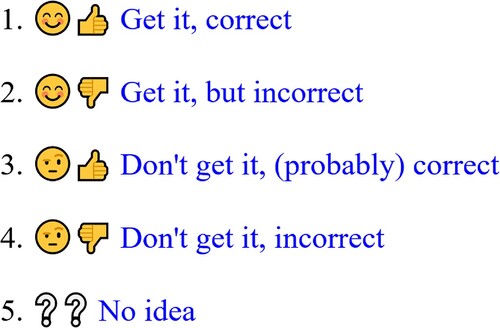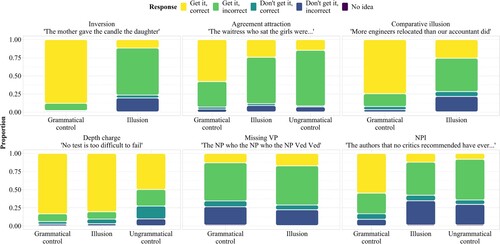Figures & data
Table 1. Constructions used in the experimental study.
Figure 3. Judgment times (reading time + response selection time) across constructions, conditions, and response types. Note that the y-axis is log-scaled.

Table 2. Factor loadings from the principal components analysis of the questionnaire data.
Figure 4. Contributions of component processes to the finishing times of the three accumulators in a hypothetical experimental trial.
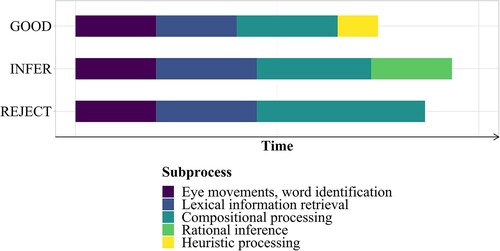
Figure 5. Posterior predictive distributions of finishing times (250 samples) of the three accumulators across constructions and conditions. Faster finishing times correspond to a higher expected number of responses of the respective type. Finishing times more than ± 2.5 SD away from the log mean have been removed. Reference line added at 8 seconds. Note that the x-axis is log-scaled.
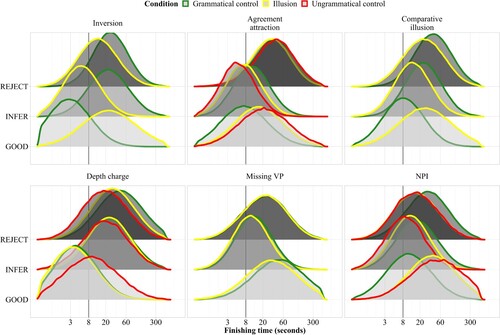
Figure 6. 95% highest density intervals of slope parameters across all constructions on the log ms scale. Across all constructions, the slope is the difference between the illusion condition and the indicated control condition(s). Positive estimates correspond to a slowdown of the accumulator, that is, fewer responses of the associated category in the illusion condition. Reference line added at ms.
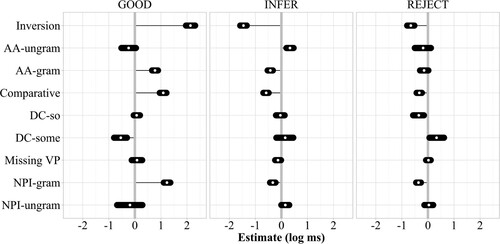
Figure 7. Mean ± 2 SD of predicted accumulator finishing times (250 samples) for the illusion condition across constructions. Faster finishing times correspond to a higher expected number of responses of the respective type. Finishing times more than ±2.5 SD away from the log mean have been removed. Reference line added at 8 seconds. Note that the x-axis is log-scaled.
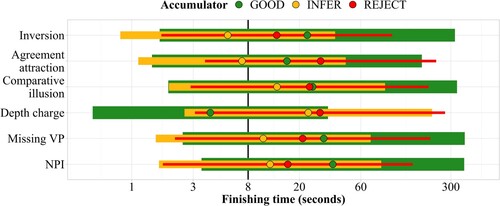
Figure 8. Predicted (colored) versus observed (gray) response proportions across constructions and conditions. Proportions were computed by participant. The visible stratification is due to between-participant variability, which is accurately captured by the model.
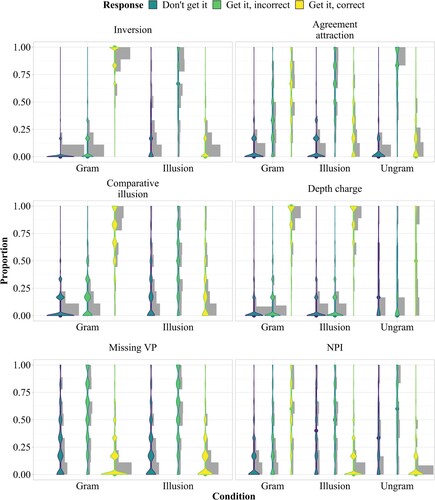
Figure 9. Predicted (histograms) versus observed (eye plots) judgment time distributions across constructions, conditions, and responses.
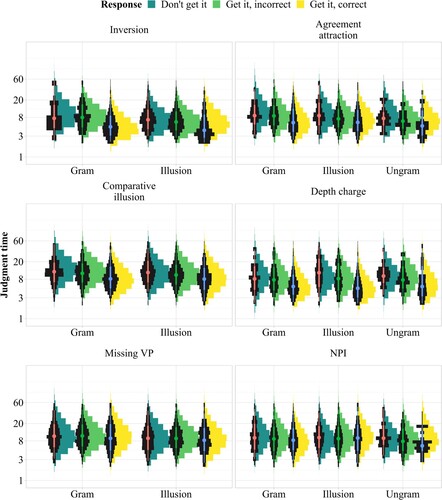
Figure 10. Histogram of subject-level random-effects correlations across all constructions by accumulator pair, weighted by probability of direction.
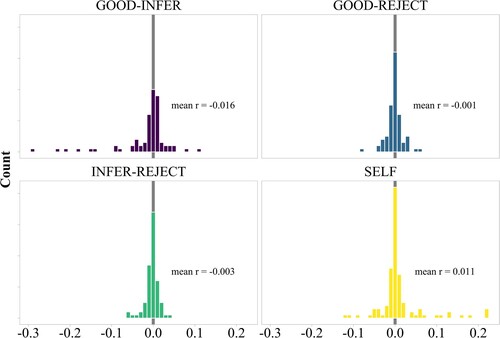
Figure 11. Correlation estimates of subject-level random effects and associated 95% highest density intervals. Only correlations with probability of direction >0.95 for slope parameters (differences between conditions) are shown.
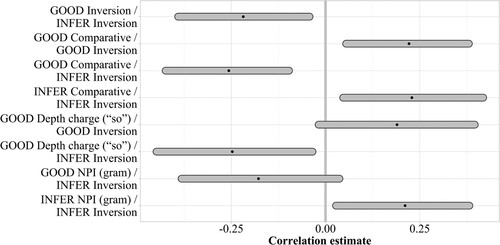
Figure 12. Posterior predictive distributions of finishing times (250 samples) of the three accumulators across constructions and conditions, by pedantry score. Interactions with probability of direction >0.95 are highlighted in blue.
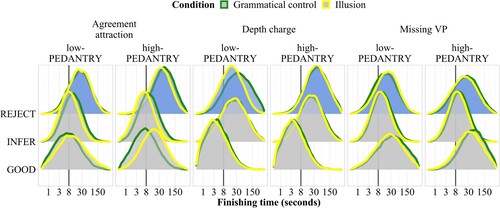
Figure 13. Posterior predictive distributions of finishing times (250 samples) of the three accumulators across constructions and conditions, by charity score. Interactions with probability of direction >0.95 are highlighted in blue.
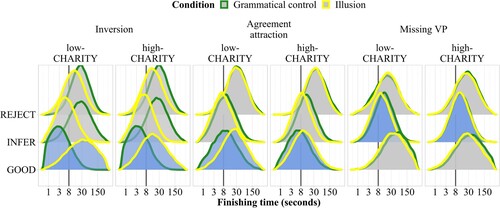
Figure 14. Posterior predictive distributions of finishing times (250 samples) of the three accumulators across constructions and conditions, by logic score. Interactions with probability of direction >0.95 are highlighted in blue.
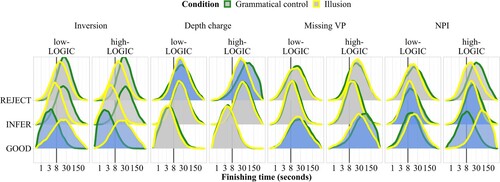
Figure 15. Posterior predictive distributions of finishing times (250 samples) of the three accumulators across constructions and conditions, by conflict score. Interactions with probability of direction >0.95 are highlighted in blue.
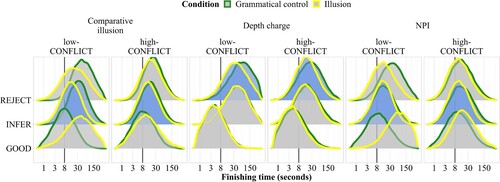
Figure 16. Estimated differences in log pointwise predictive density between the full model and alternative models. A positive difference means that the alternative model has a better predictive fit than the full model. Error bars show 95% confidence intervals. Note that the y-axis is square-root-scaled.

Figure 17. Difference in log pointwise predictive density between the full race model and the noisy-channel MPT model by condition, response, and judgment time.
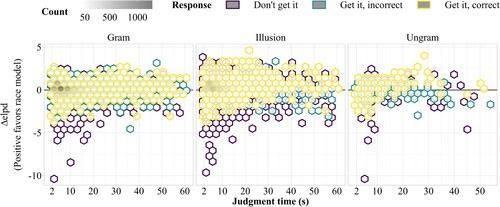
Figure 18. LOESS curves of response proportions by logic score, construction, and condition. Solid lines are based on the experimental data; dotted lines are based on model predictions.

Data availability
The experimental data, as well as all analysis and modelling code, are available at https://osf.io/5gnk7.
Data availability statement
All experimental materials, data and analysis code are available at https://osf.io/5gnk7.

